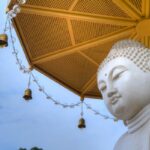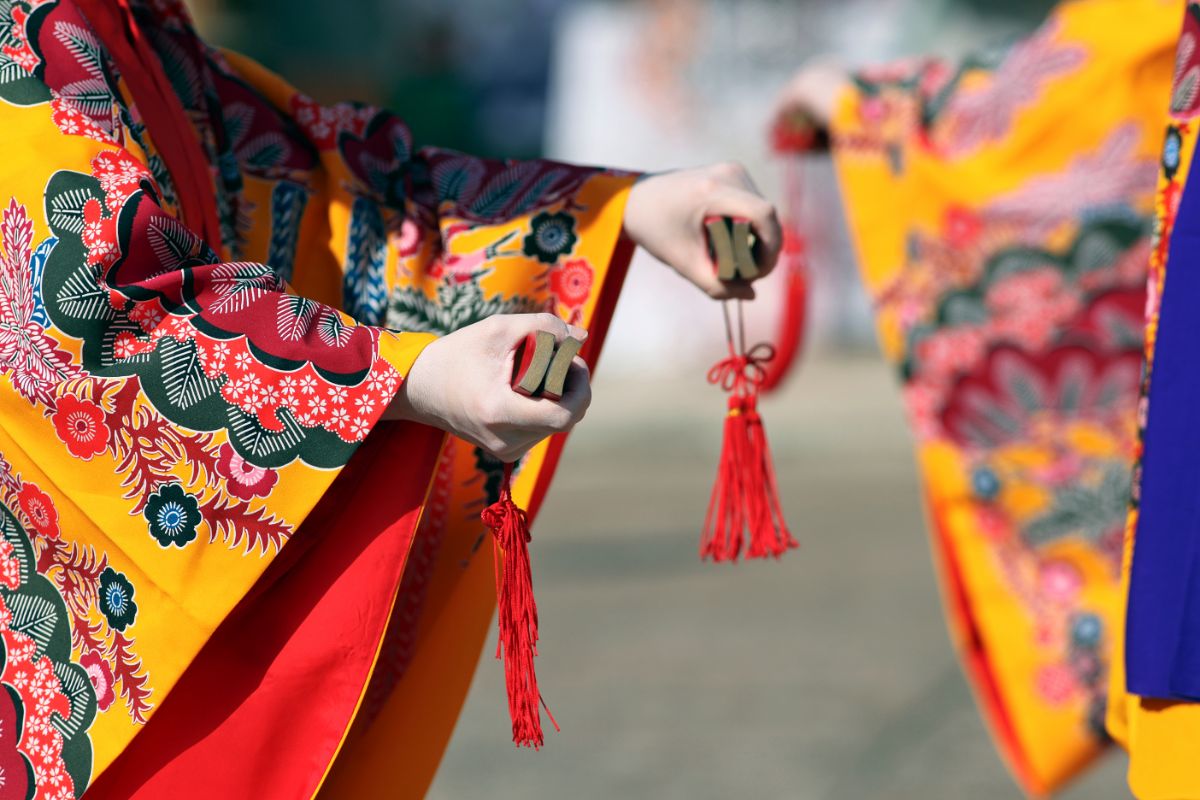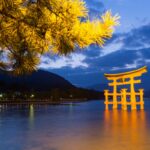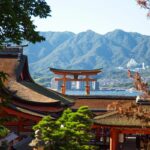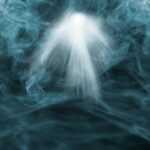Shintoism is an ancient belief in Japan, and translates to “the way of the gods”. Shinto is not actually a religion, as it is based on ritual rather than belief. For this reason, it has coexisted alongside Buddhism in harmony for many centuries.
This belief system is the primary one in Japan, and has a few main beliefs. These beliefs are the importance of purity, harmony, and the respect for nature. Other important beliefs include the subordination of the individual before the group, and family respect.
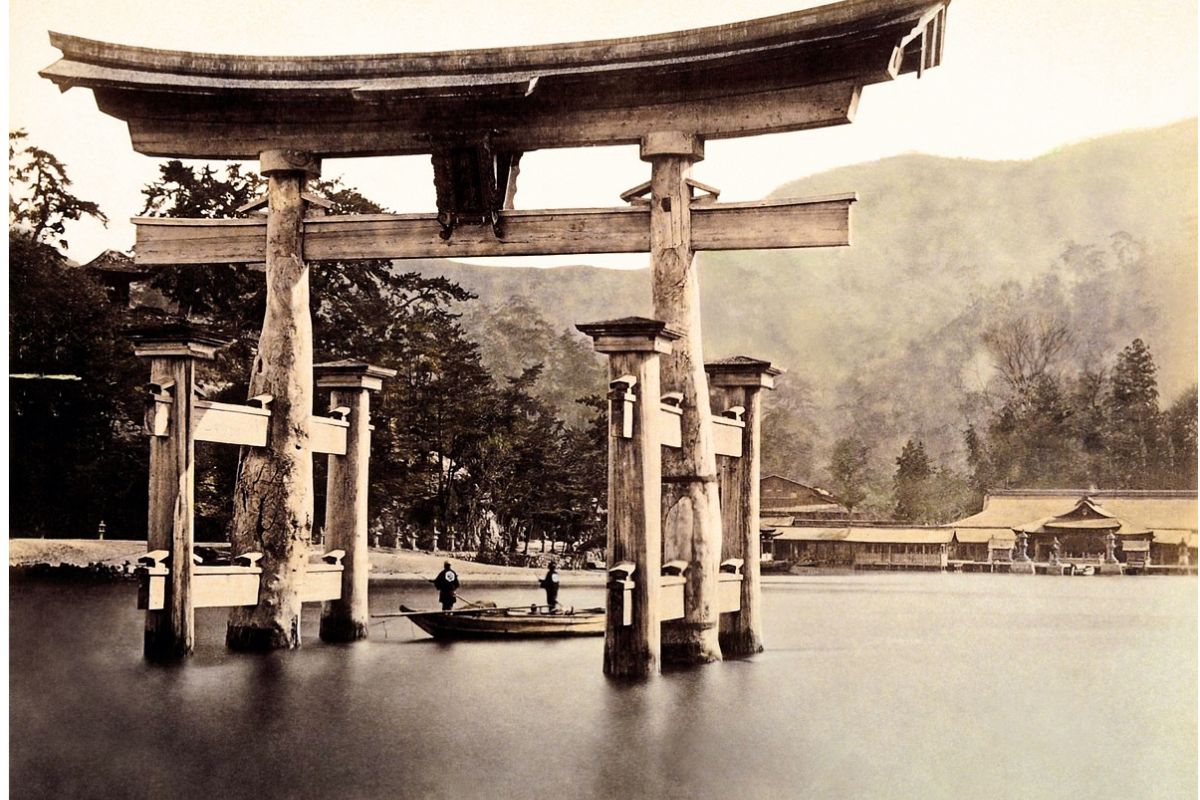
As such, Shintoism is a way of life, and impacts the daily life of believers. An important aspect of this belief is death and the afterlife.
They believe that their spiritual energy is recycled when they die, and go to live in another world. These other worlds are not like Heaven or Hell in other religions, but are seen as neutral.
To find out more about what happens after death in Shinto, keep reading.
What Happens After Death In Shinto? – Understanding The Japanese Afterlife
The Importance Of Kami In Shintoism
In Shintoism, there are no gods like there are in other religions. Instead, those who follow this way of life believe that there are kami, or spiritual energies. These kami reside in everything, from humans and animals to mountains, rivers, and waterfalls.
In humans, the kami is thought to be weakened when inside the human body. When someone is dying, the spirit is able to regain its powers and leaves the deceased.
At this point, the spirit will interact with the world in different ways. However, unlike other beliefs, the kami still needs someone to take care of it.
This care includes covering the basics that allow it to “survive”. Namely, it needs to be given something to eat and drink, and it needs to occasionally be entertained, too.
Death, however, is a challenging task as a believer in Shintoism. This is because you need to die in absolute peace and leave the world in the purest possible way.
Unfortunately, this is more complicated than other religions because you cannot leave anything to resolve. This means that you must not have any doubts or grudges, or anything else that can cause problems for you in the afterlife.
The Afterlife In Shintoism
Concepts of the afterlife have changed a lot over the years. When Buddhism came to Japan, a lot changed. Cremation became popular, and Jodo and Jigoku appeared. These are the “Pure Land of the West”, and a unique Japanese hell relating to ice and fire.
In Japan itself, there are now thought to be a number of entrances to Jigoku. These include locations such as Beppu, Noboribetsu, Mount Osore, and Mount Tate. Why?
These areas are unusual in many respects, and are either hot water springs, or volcanic areas. Seeing as Japan is full of volcanoes and smoky landscapes, this belief makes sense.
When a person dies, their kami will make the journey to the afterlife, to one of the other worlds. There, they can reside in a neutral state.
These kami are able to move freely between their own world and the living world, which is why many Shinto believers find ghosts normal. The kami are remembered through rituals and prayers, and offerings are given to them on shrines.
In turn, the kami of people’s loved ones will watch over and protect them. They will also encourage the living, and be there for them.
Mourning
Depending on the location and sect of Shintoism, periods of mourning will vary. Mourning is typically seen as the expected response to the loss of a loved one.
It is often done in a stoic manner, and is supposed to be a time of reflection on life. Family and friends will typically visit the crematorium or mausoleum every week most of the time. These people will bring incense and flowers as gifts.
A lot of people will also set up shrines in their homes to remember their lost loved ones. They will hang pictures above the shrine and keep the ashes of the person there.
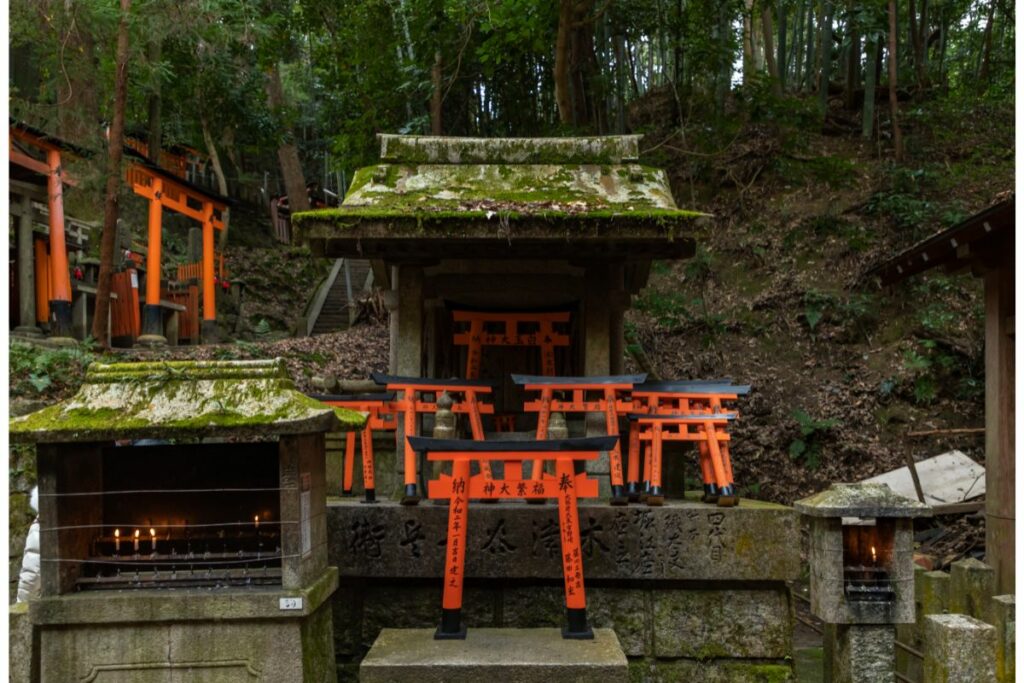
The Otherworlds
There are three primary otherworlds in the Shinto belief system. As beliefs and ideas have changed over the years, there are now also the aforementioned Jodo and Jigoku.
These are similar to the Christian beliefs of Heaven and Hell, where spirits can live in paradise, or be punished.
The three otherworlds are places that are neutral in Shinto (see also ‘What Is Shinto? – Beliefs, Affirmations, And Practices‘). They are not places for paradise or punishment, but a place where kami can simply reside.
Once the kami make it over, they can easily travel between the realms, though getting there can be difficult as one is dying.
- Takamano-hara – also known as the “otherworld of Heaven”, is one of the realms where all the most venerable deities reside.
- Yomi – this is the divine otherworld where the divine female parent who birthed the lands of Japan resides.
- Tokoyo – this otherworld is thought to exist beyond the sea
Apotheosis
In Shintoism, it is believed that some people are worthy of being deified. These people must have lived such exemplary lives in order for this to happen. The process is called apotheosis, deification, or divinization.
When this happens, the person and their kami are treated like gods, and glorified. While this is very unlikely to happen, there have been cases of this happening to highly successful warriors and members of the imperial family.
Festivals And Celebrations Associated With The Afterlife
Obon
The Obon Festival is a beautiful summer festival that is all about honoring the dead. It doesn’t matter if the dead are close relatives or ancestors from a thousand years ago.
While this is technically a Buddhist celebration, it has been integrated in Japan for over 500 years.
It takes place over three days, and is much like Mexico’s Day of the Dead. During this time, the kami of passed loved ones are able to visit their descendants. There are variations of the Bon Odori dance, with every region being slightly different.
Typically the dancers will move in a circle around a yagura. Families and relatives of passed family members will visit their ancestor’s shrines and graves. These people will offer food, drinks, and flowers to the dead, and clean graves.
Shogatsu
This is the Japanese New Year. While this isn’t a celebration of the dead, the Japanese will pray for good fortune for the upcoming year. This welcomes the kami of all ancestors, and also the harvest deity.
Final Thoughts
After death, the kami, or spirit, that has been trapped inside the body, will be released. This spirit will then be able to move onto one of the “otherworlds”, where they will reside.
They will be able to move from their otherworld to the world of the living easily after passing, and they can visit their loved ones.
It’s important to note that Shinto is not like Buddhism, and souls are not reincarnated. Instead, they are recycled and reside in their own planes.
Loved ones can carry out rituals and prayers to call out to them, and the kami will watch over them and protect them.
- How Much Money Can You Make Teaching English in Japan? - December 12, 2022
- The Best Places to Teach English in Japan - December 9, 2022
- The Best Credentials for Teaching English in Japan - December 8, 2022


